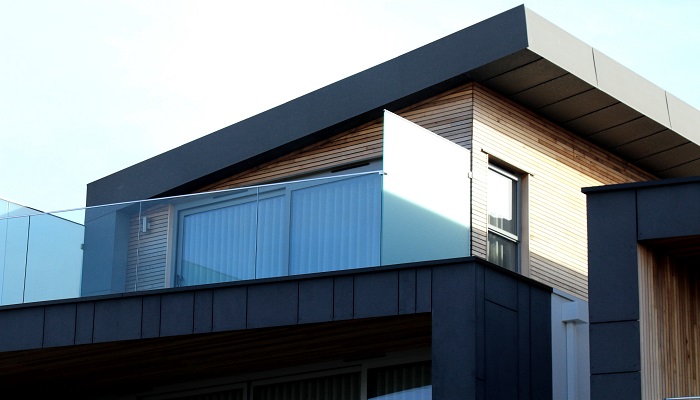Home > industry news > Top Trends in Sustainable Construction
Sustainability has emerged as a driving force in the construction industry, transforming how we design and build structures. Nowadays, the construction sector is actively seeking innovative solutions to minimize its ecological footprint. As the industry evolves with a heightened commitment to environmental responsibility, it is essential to concurrently consider the well-being of those involved in construction endeavors.

That’s where construction accident lawyers like Gorayeb come into play, helping workers navigate the legal intricacies surrounding construction-related injuries and accidents. This article delves into some of the top trends in sustainable construction:
1. Green Building Materials
One of the foundational pillars of sustainable construction lies in the materials used. Historically, conventional construction practices heavily depended on materials with a high demand for resources and a detrimental environmental impact, such as concrete and steel. Nevertheless, a noteworthy shift in recent times has been the increasing acceptance and integration of eco-friendly building materials. These materials are sourced responsibly, often recycled or rapidly renewable, and contribute to lower carbon footprints.
Bamboo, for instance, has gained popularity due to its rapid growth and versatility. It serves as an excellent alternative to traditional hardwoods and contributes to deforestation mitigation. Additionally, recycled steel and reclaimed wood are finding their way into construction projects, reducing the need for virgin resources. Beyond the materials themselves, innovations such as self-healing concrete, which can repair cracks autonomously, showcase the industry’s commitment to longevity and sustainability.
2. Circular Economy Practices
The construction industry has historically been associated with significant waste generation. However, a shift towards a circular economy is challenging this norm by prioritizing the reduction, reuse, and recycling of construction materials. Circular economy practices aim to create a closed-loop system where materials are continually reused, ultimately minimizing the need for new resource extraction and waste disposal.
Prefabrication and modular construction are key components of circular economy practices. These approaches involve manufacturing building components off-site and assembling them on-site, reducing material waste and construction time. Additionally, deconstruction and salvage operations are gaining prominence, allowing for the careful disassembly of existing structures to recover and repurpose materials.
Construction companies are increasingly adopting circular economy principles as part of their sustainability strategies. By embracing a mindset that values the longevity and recyclability of materials, the industry is taking significant strides toward minimizing its environmental impact and creating a more sustainable and resilient built environment.
3. Nature-Inspired Design and Biophilic Architecture
A growing trend in sustainable construction involves drawing inspiration from nature to create more harmonious and environmentally sensitive designs. Biophilic architecture integrates natural elements and patterns into the built environment, fostering a connection between occupants and the surrounding ecosystem. This approach not only enhances the aesthetic appeal of structures but also contributes to improved well-being and productivity.
Green roofs and walls, for example, introduce vegetation into urban spaces, providing insulation, absorbing carbon dioxide, and promoting biodiversity. The use of sustainable landscaping and water management systems also helps reduce the ecological impact of construction projects. By incorporating nature-inspired design principles, architects and developers are creating spaces that prioritize both the environmental and human experience aspects of sustainability.
Endnote
The future of construction is undeniably sustainable. Embracing green building materials, adopting circular economy principles, and prioritizing resilient and adaptive design can ensure the construction industry reduces its environmental impact and creates structures that can withstand the challenges of a changing world. As these trends continue to evolve, they promise to redefine the way we build, ensuring a harmonious coexistence between human progress and the well-being of the planet.
Article From: World Construction Today